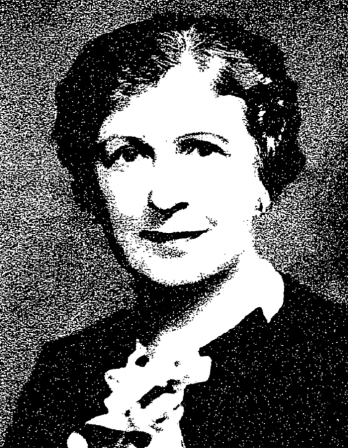Tell me now in what hidden way is
Lady Flora the lovely Roman?
Where’s Hipparchia, and where is Thais,
Neither of them the fairer woman?
Where is Echo, beheld of no man,
Only heard on river and mere—
She whose beauty was more than human?…
But where are the snows of yesteryear?
Where’s Héloïse, the learned nun,
For whose sake Abelard, I ween,
Lost manhood and put priesthood on?
(From love he won such dule and teen!)
And where, I pray you, is the queen
Who will that Buridan should steer
Sewed in a sack’s mouth down the Seine?…
But where are the snows of yesteryear?
White Queen Blanche, like a queen of lilies,
With a voice like any mermaiden—
Bertha Broadfoot, Beatrice, Alice,
And Ermengarde the lady of Maine—
And that good Joan whom Englishmen
At Rouen doomed and burned her there—
Mother of God, where are they then?…
But where are the snows of yesteryear?
Nay, never ask this week, fair lord,
Where they are gone, nor yet this year,
Save with this much for an overword—
But where are the snows of yesteryear?
“The Ballad of Dead Ladies.” Granted an MA from the University of Paris in 1452, Villon was involved in a dispute at a cloister in 1455, during which he killed a priest with a sword. He received a royal pardon but soon took part in a burglary and fled Paris. In and out of prison for the rest of his life, Villon began his Grand Testament, composed chiefly of ballads and chansons, in 1461.
Back to Issue





